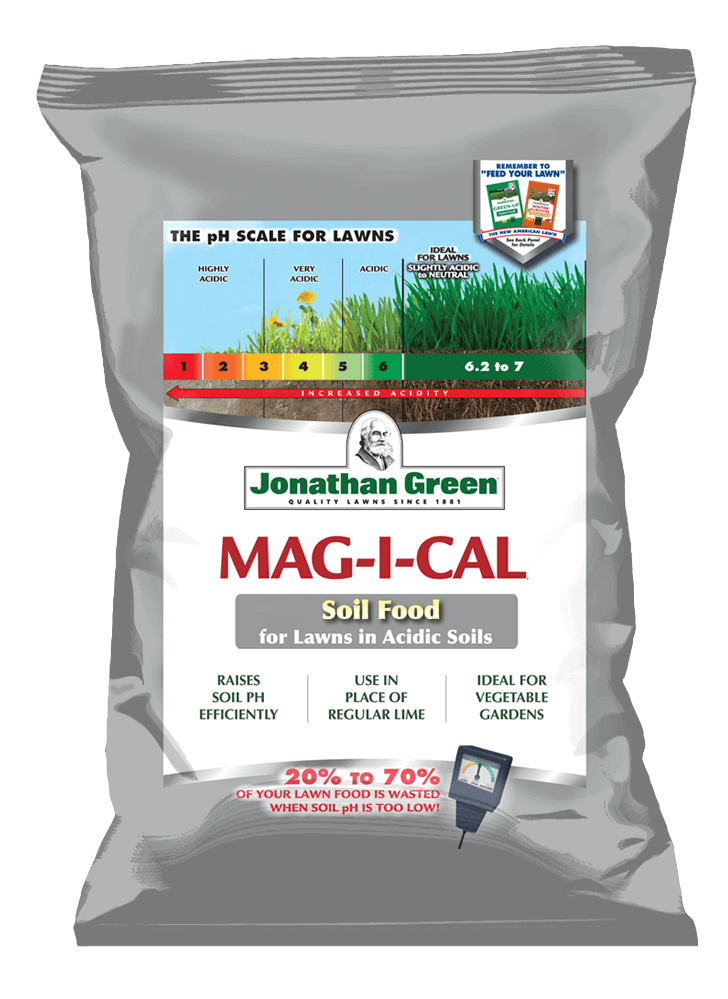These acorns are driving me nuts!
For centuries the beautiful expansive great oak tree has delivered shade and lush green foliage to our yards and has been a long-standing symbol of strength, stability, and power, however, the acorn droppings can drive you nuts!
Acorns are the result of Mother Nature trying to perpetuate the oak’s life cycle. An oak tree does not start to produce acorns until it is around 20 years old, but it can produce over 10,000 acorns in a masting year. Have you ever been woken up late at night from the pounding of acorns on your roof? Sometimes it seems they are playing pool on your house. The next morning you find squirrels digging up your yard gathering nuts or even worse, burying them in a hole to dig them up later in winter or next spring for food. Acorn droppings can also attract deer, chipmunks, and other cute but pesky critters to your yard. Some animals may try to find a place to store their stash of acorns in a nearby garage or shed for food or nesting. You may need to hire a pest control professional if you find squirrels, skunks, or raccoons in your shed.
Acorns can build up on the lawn taking up valuable space and create many small holes in your lawn which can kill the grass. Acorns make it very difficult and uncomfortable to walk on your lawn unless you want a foot massage! You can try to mow then into shreds so they decompose into the soil or rake them out vigorously. If your mower does not chop up the acorns, you may see a few seedlings develop in the lawn the next spring. There are lawn vacuums and shredder-grinders on the market you could use if you get tired of raking. Ever considered using your Shop-Vac or a shredder-grinder called the Nut Wizard? This clean-up can become a very daunting task along with removing fall leaves and perhaps for larger areas you may want to hire a professional. You can collect then on your driveway, run the car over them a few times to crush them so they break down quicker and add them to your compost pile. Next spring this would produce a nice organic fertilizer for your garden. Or collect them to use as food to attract wildlife to your yard if you wish.
Large oak trees produce a lot of acorns and cast shadows on your lawn making growing grass in the shade a difficult task. You can trim these oak trees to allow more sunlight into the grass areas and reduce the amounts of acorns or remove the tree completely. Over time, acorns can start to acidify your soil lowering the soil pH value. If your soil pH goes below 6.0 you will have a difficult time growing grass in those areas. An application of Mag-I-Cal® for Lawns in Acidic Soil can help keep the soil in balance.
Mentioned Products
There are some positive things you can do with all of your acorns. Instead of getting rid of them, have you considered harvesting them for their meat? Acorns are high in fiber, complex carbohydrates, vitamins, and minerals. They are relatively low in fat compared to other nuts, but rather bitter if eaten raw because they contain tannins. Acorns can be unsafe if eaten raw, so we recommend first boiling the acorns a few times until the water runs clear. Acorns can be roasted or turned into flour. We are sure an internet search will show you how to turn an acorn meal into a healthy and tasty delicacy such as pancakes or bread.
You can offer your acorns to local gardening or 4H clubs to grow new seedlings for habitat restoration service projects. They also are great for making crafts, wreaths, or home accent decorations. We just hope you keep your wits about you, don’t let the acorns drive you nuts!
